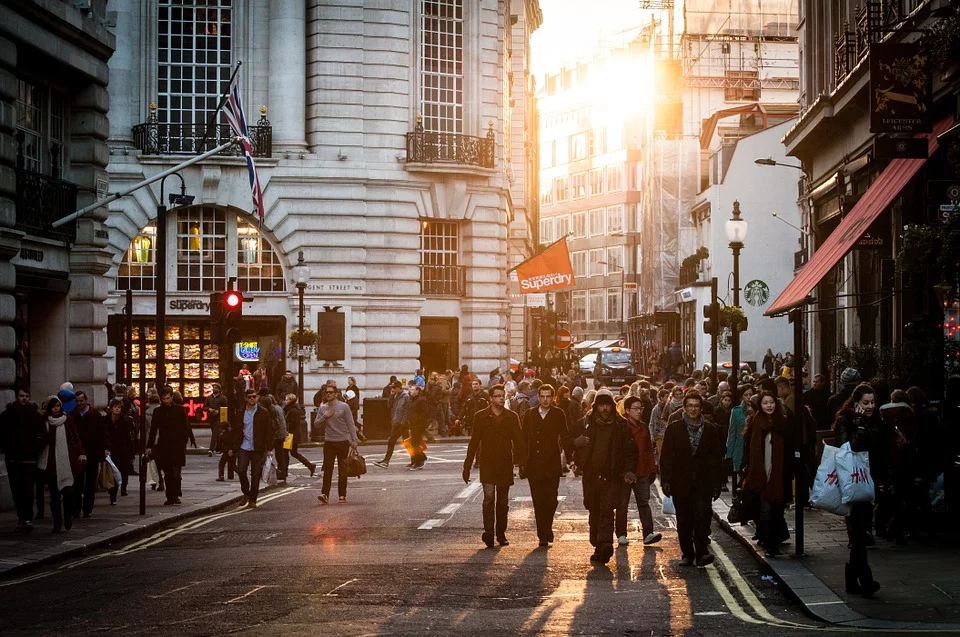ONS: Consumer price inflation rose by 7.9% in the 12 months to May

The Consumer Prices Index including owner occupiers’ housing costs (CPIH) rose by 7.9% in the 12 months to May 2022, up from 7.8% in April, according to the latest figures published by the Office for National Statistics (ONS).
The largest upward contributions to the annual CPIH inflation rate in May 2022 came from housing and household services (2.79 percentage points, principally from electricity, gas and other fuels, and owner occupiers’ housing costs) and transport (1.50 percentage points, principally from motor fuels and second-hand cars).
According to the figures, on a monthly basis, CPIH rose by 0.6% in May 2022, compared with a rise of 0.5% in May 2021.
Rising prices for food and non-alcoholic beverages, compared with falls a year ago, resulted in the largest upward contribution to the change in both the CPIH and CPI 12-month inflation rates between April and May 2022 (0.17 percentage points for CPIH).
The largest offsetting downward contributions to change in the rates were from recreation and culture (0.10 percentage points for CPIH) and clothing and footwear (0.08 percentage points for CPIH).
Scottish Friendly savings specialist, Kevin Brown, said: “As expected, inflation has risen again, despite a multitude of consecutive interest rate rises. The writing has been on the wall for some time now, with inflation still yet to peak.
“One of the biggest drivers of inflation continues to be energy price rises. This is counterintuitive because our energy costs are supposed to fall over the summer months as households turn the heating down, but that is not to be this year. Indeed, the latest predictions are pointing to another 50% rise in the price cap this Autumn, taking energy bills over an astonishing £3,000 a year for a typical household. The cap, remember, was still at just £1,277 in March.
“Talk of a wage-price spiral seems a little optimistic at this point considering wages are falling 2.3% in real terms. Households are finding the situation more and more difficult to manage. The difference between private and public sector earnings is even more considerable with public sector pay falling 7.6% vs 1.1% for private sector. “
He added: “Savers are caught in the tide for the same reasons, with top cash savings rates miles behind inflation and devaluing wealth at one of the fastest paces in the last 50 years. The gulf between interest rates and inflation hasn’t been this profound since the early 1970s. Anyone looking to save for the long-term needs to think carefully before leaving wealth languishing in cash.”
Martin Beck, chief economic advisor to the EY ITEM Club, said: “CPI inflation edged up to 9.1% in May, the highest rate since 1982. Although there are now some sizeable base effects pushing down on the y/y rate, caused by the rapid pick-up in prices last year, the momentum behind price increases remains strong.
“Between April and May this year, prices rose by 0.7%, which was much higher than the 0.3% average m/m change between those months over the past decade. Stronger food price inflation was the main cause behind May’s pick-up, while petrol prices also rose sharply, reflecting a sharp increase in oil refinery margins.
“Despite large base effects, the EY ITEM Club expects inflation to remain close to current - very high - rates throughout the summer. Petrol prices have risen further in recent weeks, while supply chain disruption remains a significant factor, with today’s producer prices data suggesting inflationary pressures remain very strong further along the supply chain. Ofgem recently suggested that the energy price cap is likely to rise by 40% in October, meaning the peak in inflation is likely still to come, with the CPI rate on track to exceed 10% in October if the ONS excludes the Energy Bills Rebate from its calculations.”
He concluded: “Though the EY ITEM Club continues to expect inflation to drop sharply as we move into 2023 and then into 2024, the MPC’s recent decisions has demonstrated that it remains focused on inflation-fighting and places a much lower weight on evidence of slowing activity. All in all, the prospect of inflation continuing to run in the 9-10% range means interest rates could be set to rise again at the next meeting in August.”









